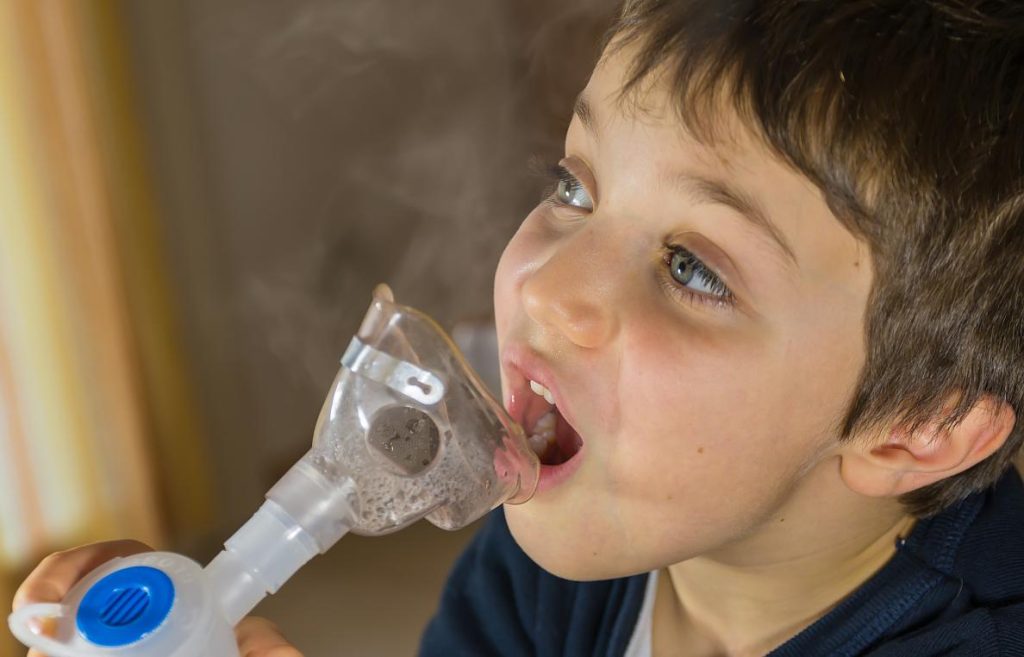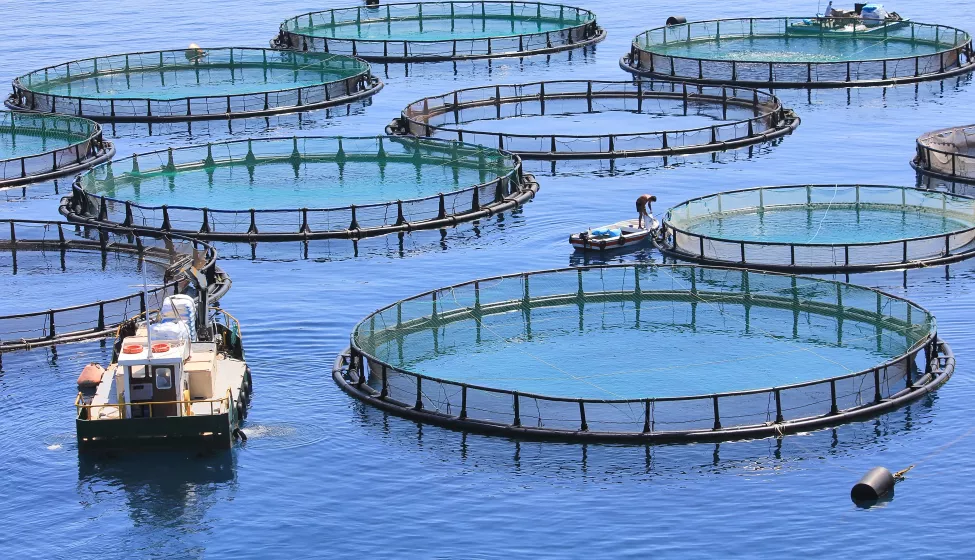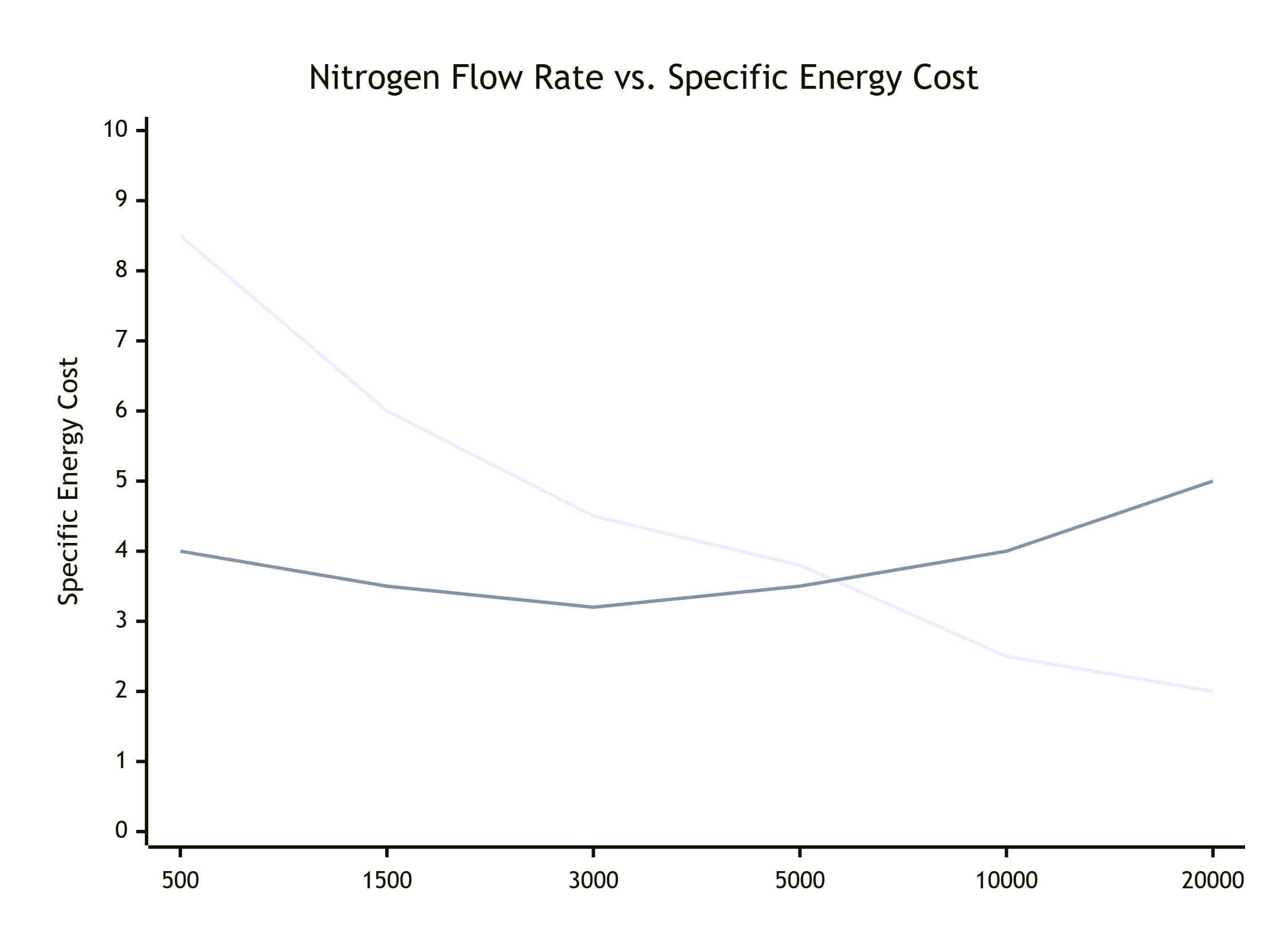Oxygen is the basic support for life on Earth, and its therapeutic role is indispensable in the medical field. Oxygen therapy is widely used, especially in acute respiratory failure, chronic obstructive pulmonary disease (COPD), and other diseases that require long-term oxygen therapy. With the increasing demand for oxygen therapy, oxygen concentrators, as equipment that provides a stable oxygen supply, have gradually become an important part of modern medicine. This article will trace the historical evolution of medical oxygen concentrators, exploring how this technology has evolved from the earliest simple devices to modern intelligent and convenient systems, and ultimately toward a more personalized, environmentally friendly, and efficient future.
This article explores the development of medical oxygen concentrators in depth, from the early liquid oxygen bottles to the technological changes of modern intelligent and portable oxygen concentrators. It focuses on the invention of oxygen concentrators, the progress of intelligent oxygen concentrators, and the rise of environmentally friendly oxygen concentrators. With the continuous development of science and technology, future medical oxygen concentrators will be more efficient, intelligent and environmentally friendly, providing more precise and personalized oxygen therapy for patients around the world, and promoting the progress of global health.
Preliminary exploration of medical oxygen generators: the era of oxygen cylinders
The beginning of oxygen therapy
The medical application of oxygen can be traced back to the 18th century. At that time, scientists discovered that oxygen is essential to life. British chemist Joseph Priestley and Swedish scientist Carl von Linde discovered oxygen and revealed its importance in the life process. Although the therapeutic effect of oxygen was not fully understood at the time, it has been used to relieve acute conditions such as suffocation and heart attacks.
During this period, the equipment for oxygen therapy was extremely simple and mainly relied on containers to store oxygen. For example, liquid oxygen cylinders came into being, which can store large amounts of liquid oxygen and provide it to patients. This technological breakthrough laid the foundation for oxygen therapy.
Limitations and challenges of liquid oxygen cylinders
Although liquid oxygen cylinders solved the oxygen supply problem, their bulky size and inconvenient use soon revealed their limitations. Liquid oxygen cylinders need to be replaced regularly, and the storage and transportation process is cumbersome. Liquid oxygen cylinders are not ideal for hospitals and home users, especially in emergency and long-term treatment. This problem prompted scientists to explore more convenient oxygen supply solutions.
The birth of oxygen concentrators: technological breakthroughs in the 20th century
The invention of oxygen concentrators
In the 1950s, with the surge in demand for oxygen therapy, the birth of oxygen concentrators solved the problem of bulky liquid oxygen bottles and inconvenient transportation. Oxygen concentrators use pressure swing adsorption (PSA) technology to extract high-concentration oxygen by separating nitrogen from the air. They no longer rely on external oxygen cylinders, but filter the air, concentrate oxygen and supply it directly to patients.
This technological innovation makes oxygen therapy more convenient. Oxygen concentrators are not only small and easy to move, but also can provide patients with a continuous supply of oxygen, avoiding the problem of frequent replacement of liquid oxygen bottles. Therefore, oxygen concentrators quickly entered the field of hospital and home oxygen therapy, especially for patients who need long-term oxygen support.
Widespread application and technological progress of oxygen concentrators
As oxygen concentrator technology continues to mature, the size of the equipment has gradually decreased and its performance has gradually improved. Modern oxygen concentrators are more efficient and energy-saving, and can provide more accurate and stable oxygen therapy. For patients with chronic diseases such as chronic obstructive pulmonary disease (COPD) and cor pulmonale, oxygen concentrators have become an important device for home treatment.
The popularity of oxygen concentrators not only reduces the cost of using liquid oxygen bottles, but also makes oxygen therapy more popular and convenient. The emergence of oxygen concentrators marks the transition of oxygen therapy equipment from large-scale, fixed equipment to a more convenient and flexible use mode.

Entering the 21st century: the rise of intelligence and portable oxygen concentrators
Technological revolution of intelligent oxygen concentrators
In the 21st century, with the rapid development of technologies such as computers and artificial intelligence (AI), oxygen therapy has also ushered in an intelligent revolution. Intelligent oxygen concentrators can monitor patients’ oxygen needs in real time through built-in sensors and microprocessors, and adjust parameters such as oxygen flow and concentration according to real-time data to ensure the treatment effect.
Modern intelligent oxygen concentrators have automatic adjustment functions, which can accurately control the output of oxygen according to changes in patients’ physical signs. In addition, these devices also have remote monitoring functions, and doctors can understand patients’ oxygen therapy data in real time through telemedicine platforms and make corresponding adjustments. This technological advancement not only improves the accuracy of oxygen therapy, but also provides patients with more personalized treatment plans.
Popularization of portable oxygen equipment
As people’s lifestyles change, portable oxygen equipment has begun to receive widespread attention. Traditional oxygen concentrators are large in size, but the emergence of portable oxygen concentrators has completely changed this situation. They are small and light, and patients can use them anytime and anywhere, no longer restricted to fixed locations in hospitals or homes.
Portable oxygen equipment uses advanced molecular sieve technology to separate oxygen from air and store high-concentration oxygen. These devices are not only convenient for home use, but also provide great convenience for patients to travel and travel. The emergence of portable oxygen machines has greatly improved the quality of life of patients, allowing patients to enjoy oxygen therapy while also being able to carry out daily activities freely.
Environmental protection and high efficiency: new trends in medical oxygen concentrators
The rise of environmentally friendly oxygen concentrators
With the improvement of environmental awareness, modern oxygen concentrators are gradually moving towards green and environmentally friendly directions. The new generation of medical oxygen concentrators not only improves the efficiency of oxygen concentration, but also focuses on reducing energy consumption and reducing the burden on the environment. The energy efficiency of the equipment has been significantly improved by optimizing molecular sieve materials and improving airflow design.
Environmentally friendly oxygen concentrators not only meet the trend of green medical equipment by reducing energy waste and improving production efficiency, but also make oxygen therapy more economical and sustainable. The advent of environmentally friendly oxygen concentrators marks a solid step towards sustainable development of oxygen generation technology.
Deep integration of intelligence and AI technology
As artificial intelligence and big data technology continue to advance, future medical oxygen concentrators will expand beyond merely supplying oxygen and integrate into more intelligent treatment management systems. Through AI algorithms, oxygen concentrators can analyze the patient’s health status in real time and automatically adjust oxygen output to ensure the optimization of treatment effects.
Intelligent oxygen concentrators can also exchange real-time data with hospitals or home medical systems through the Internet of Things (IoT) technology to provide doctors with timely treatment feedback. Patients’ health status, oxygen treatment data, etc. can be uploaded in real time to help doctors make accurate diagnoses and treatment adjustments, further improving treatment effects.
Future Outlook: A New Era of Personalization and Intelligence
Looking to the future, medical oxygen concentrators will develop in a more intelligent, personalized and environmentally friendly direction. With the help of artificial intelligence, big data and IoT technologies, future oxygen therapy equipment will be more accurate and convenient, and can make real-time adjustments based on patients’ actual needs and physiological changes. At the same time, with the advancement of environmental protection technology, oxygen generators will be more energy-efficient and efficient, contributing to the sustainable development of the global medical industry.
Conclusion
The development of medical oxygen generators is the result of continuous technological innovation and patient demand. From the earliest liquid oxygen bottles to today’s intelligent and portable oxygen generators, medical oxygen generation technology continues to move towards a more efficient, intelligent and environmentally friendly direction. In the future, with the advancement of technology, oxygen generators will improve the efficiency of oxygen therapy while further improving the quality of life of patients, becoming an indispensable force in the global medical industry.
MINNUO oxygen generators have professional medical qualifications and are widely praised in the medical industry. If you want to know more about medical oxygen generators, we are willing to provide you with services at any time.






 sales2:+86 17506119168
sales2:+86 17506119168

